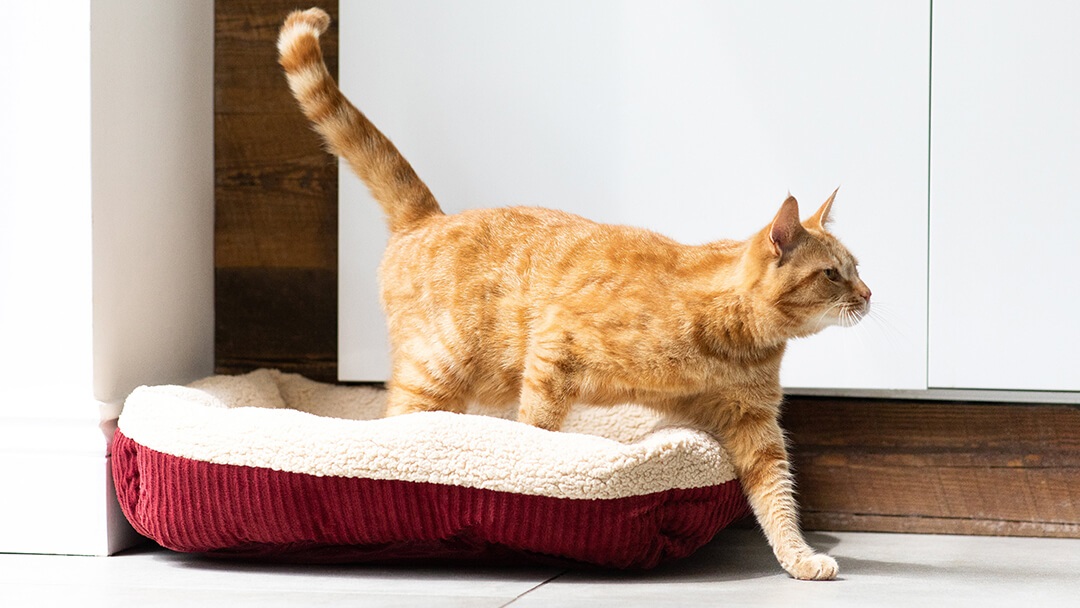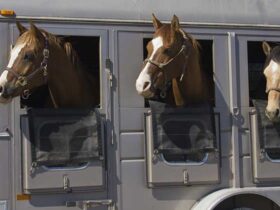Feline fur babies, much similar to canines, use their tails to interact with other kitty cats and their human caregivers. However, understanding the specific messages conveyed by a cat’s tail position can be challenging.
For instance, whether a wagging tail indicates a content or irritated cat can be unclear. Is there a method to decipher the meaning of tail movements? If you are curious and want to better understand your furball’s behavior, here are a few insights into the various tail movements.
Learn your munchkin’s tail language so you know what is going on in your cat’s mind at that moment; however, consider being equipped with cat insurance. Know that an annoyed cat is more likely to get into brawls with other cat homies and people and possibly physically harm others and itself in the process.
Pet insurance for cats covers a frisky cat’s testing, treatments, and medications during accidental injuries, sickness, and medical emergencies, which is why you must contemplate purchasing a policy. In the meantime, read this article to learn what the different cat tail movements mean.
1.Happy tail
A relaxed tail held high, accompanied by slight wagging towards the end, indicates that your feline companion is content, open to receiving attention, and in a playful mood.
2.Puffed tail/tail between legs
If your furball appears frightened and demonstrates little or no tail wagging, it is advisable to minimize or remove the source of stress and provide comfort and reassurance to help it calm down.
Furthermore, a petrified kitty may have its tail puffed out and standing erect, accompanied by an arched back. It may take a few minutes for the tail to return to its normal position, even after the source of stress has been removed.
3.Upright tail
A vertical tail often indicates a cheerful state of mind. However, a side-to-side tail movement is usually a greeting gesture, signaling that your furry pet is seeking communication and engagement.
In contrast, if the tail is vertical but quivering, and the kitty has leaned against a wall or furniture, it means the furball is ready to spray to mark its territory. However, note that kitties can exhibit this tail motion without actually spraying to get your attention or pretending to spray to assert ownership.
4.Upright and concave tail
If your cat’s tail is upright but positioned in a concave shape, it suggests a defensive stance, and your cat may exhibit defensive aggression. Essentially, this indicates that your cat prefers not to engage in any interaction and wants to be left alone.
5.Flicking tail
A cat typically moves its tail away from the body from side to side in a lowered position when it flicks. This tail movement indicates that a cat is feeling uneasy or threatened and may act defensively.
Cats often flick their tails while waiting for examination on the table in the vet’s office. It’s their way of communicating discomfort and impatience in the unfamiliar environment, signaling their wish to return to a more familiar and comforting setting.
6.Thumping tail
Tail thumping can be a warning signal telling others to back off. For instance, a steadily thumping tail during petting can indicate the kitty is expressing its desire for the petting session to end soon.
To assess whether the kitty is annoyed or not, pay attention to its facial expression, the rest of their body language, and ears in particular. These cues can help gauge a munchkin’s overall mood and level of comfort.
Learn to read your kitty’s tail signs so you are more prepared to handle any conflicts; however, consider being equipped with cat insurance at the same time. Pet insurance for cats allows you to provide your furball quality medical assistance during distressing health situations like injuries and unexpected illnesses with minor economic hassle.










